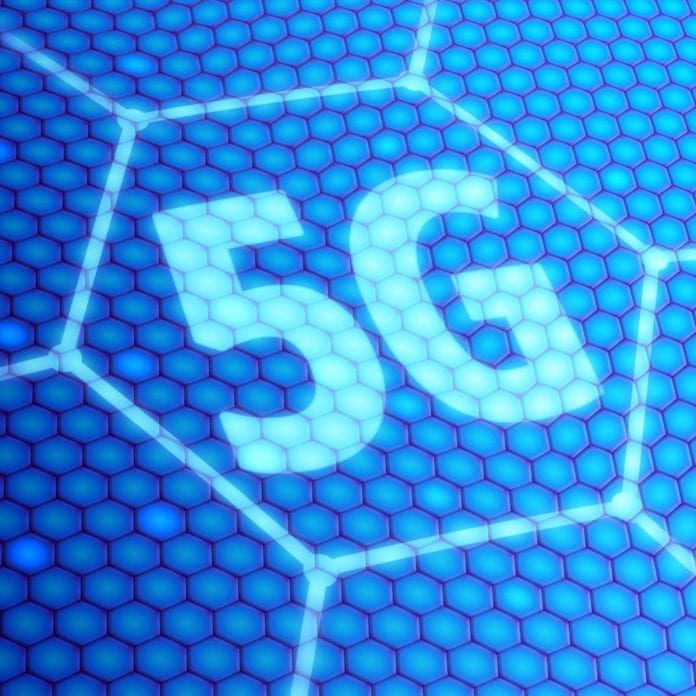TIM, Huawei and Fastweb showcased a virtual reality solution for tourists and an augmented reality tool for ship engines maintenance
Italian telecom operators TIM and Fastweb, together with Chinese vendor Huawei, have announced the first field applications based on a 5G mobile network.
In March this year, the partners activated the first 5G antennas in the Italian cities of Bari and Matera as part of a 5G trial being promoted by the Italian government. The BariMatera 5G project allows these two cities to be among the first areas in the world to be covered by the new generation of mobile technology.
The first real end-to-end use scenario was presented in Matera, which was developed by the BariMatera 5G Consortium. The virtual reality solution allows people to remotely visit some of Matera’s main tourist attractions. Through this solution, the visitor, wearing a visor, is free to move in the dedicated areas, approach the walls and touch objects in an immersive experience.
In Bari, the consortium presented an augmented reality solution for the maintenance of ship engines. The solution features a smart helmet and provides remote assistance to the workers involved in the assembly and disassembly of a ship’s engine, through assistance and reception of three-dimensional indications overlapping the image of the motor.
As part of the project, 5G technology is being tested in Bari to create one of the first Industry 4.0 ports in Italy, improving its security, access control and logistics by using internet of things solutions and digital automation.
“The new 5G network in Bari and Matera is one of the first installations in Europe and in the world through which we can offer innovative and excellent performance, bringing about new scenarios in which it can be applied,” said Saverio Orlando, TIM technology manager. “The new low-latency and high-speed mobile technology, supported by the fibre optic network, allows us to create an innovative ecosystem that involves all industrial and service processes, with a particular focus on the development of new services related to tourism and Industry 4.0, as well as public safety and transport, thus creating digital value for the cities involved and for the entire country.”
“We have finally moved from the laboratory phase to the field phase. With these new solutions, we can experience the first 5G-oriented products that enable the so-called Gigabit society. All this thanks to the Massive MIMO technology that increases cell capacity and the availability of 100 MHz broadband channels,” said Fabio Moresi, wireless marketing manager at Huawei Italy.
The 5G network was implemented through the use of 3.7-3.8 GHz frequency bands made available by the Ministry of Economic Development. The 5G program aims to reach 75% of the population in the two cities by the end of this year, with full coverage to come by 2019.
Thanks to an investment of over 60 million euros ($69.2 million) within the next four years, Bari and Matera will be among the first “5G cities” in Europe where innovative services will be tested.
Some areas to be covered by this 5G initiative in the coming years include smart city, public safety, environmental monitoring, industry 4.0, 5G healthcare, as well as media education and virtual reality, automotive, mobility and road safety.
In addition to the three main partners, the project involves 52 partners, including 7 universities and research centres, 34 large businesses and 11 agencies.
TIM said that the testing of the 5G network in these two cities will involve over 70 use cases.

